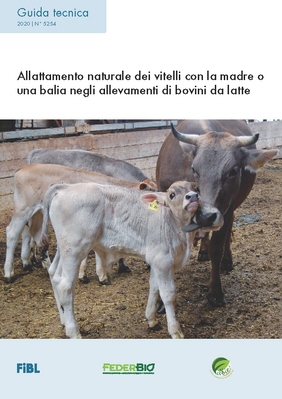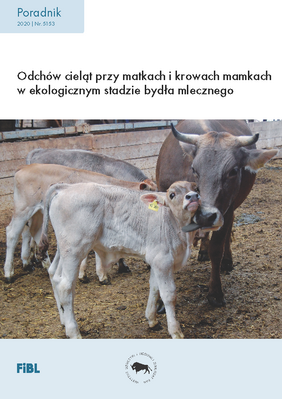The proper rearing of calves in dairy herds is one of the most important issues determining the economic efficiency and animal welfare in milk production. For this reason, methods of rearing calves that allow calves to stay with their mothers or foster cows for a longer period are becoming increasingly popular among breeders.
Allowing a closer relationship between the mother and her offspring improves animal welfare and results in increased health and weight gain of the calves during the suckling phase as well as in a better development after weaning. On the other hand, mother-bonded or fostered calf rearing requires certain organisational changes in the herd and the acceptance of having less milk for sale.
The guides describe the natural relationship between the cow and her calf and draw conclusions for possible implementations on the farm and for the welfare of the calves. Furthermore, they describe different methods of mother-bonded or fostered calf rearing developed by farmers and their experiences. Numerous suggestions for the implementation of mother-bonded calf rearing in other farms are also provided.
Both guides were produced with contributions from partners of the ProYoungStock project (www.proyoungstock.net), a CORE Organic Cofund project coordinated by FiBL.





